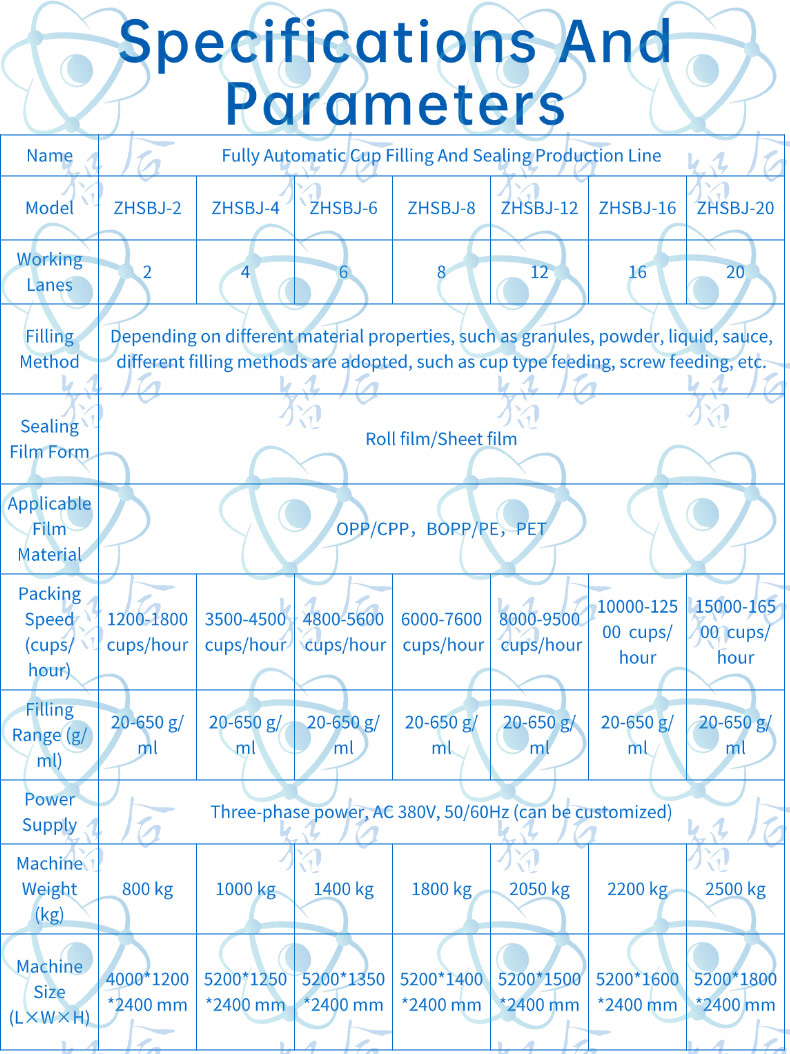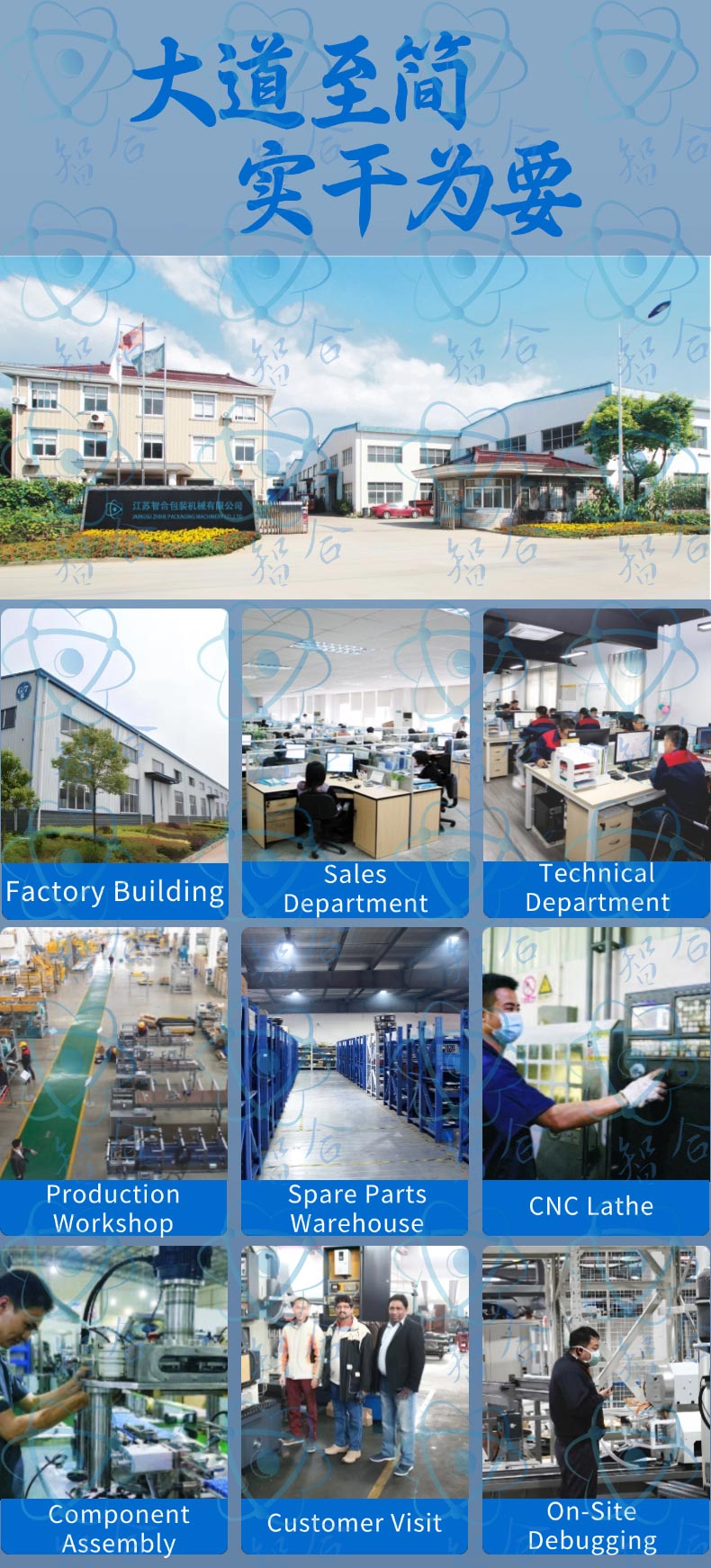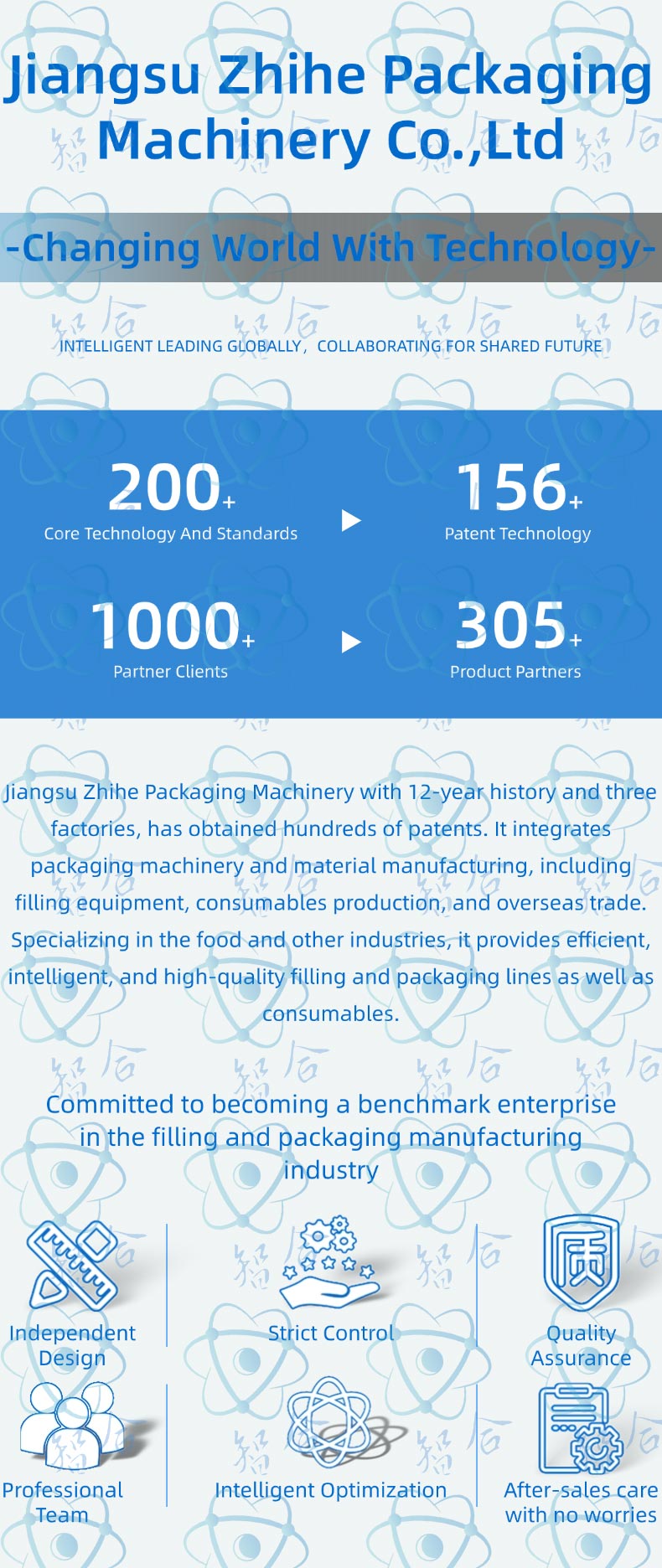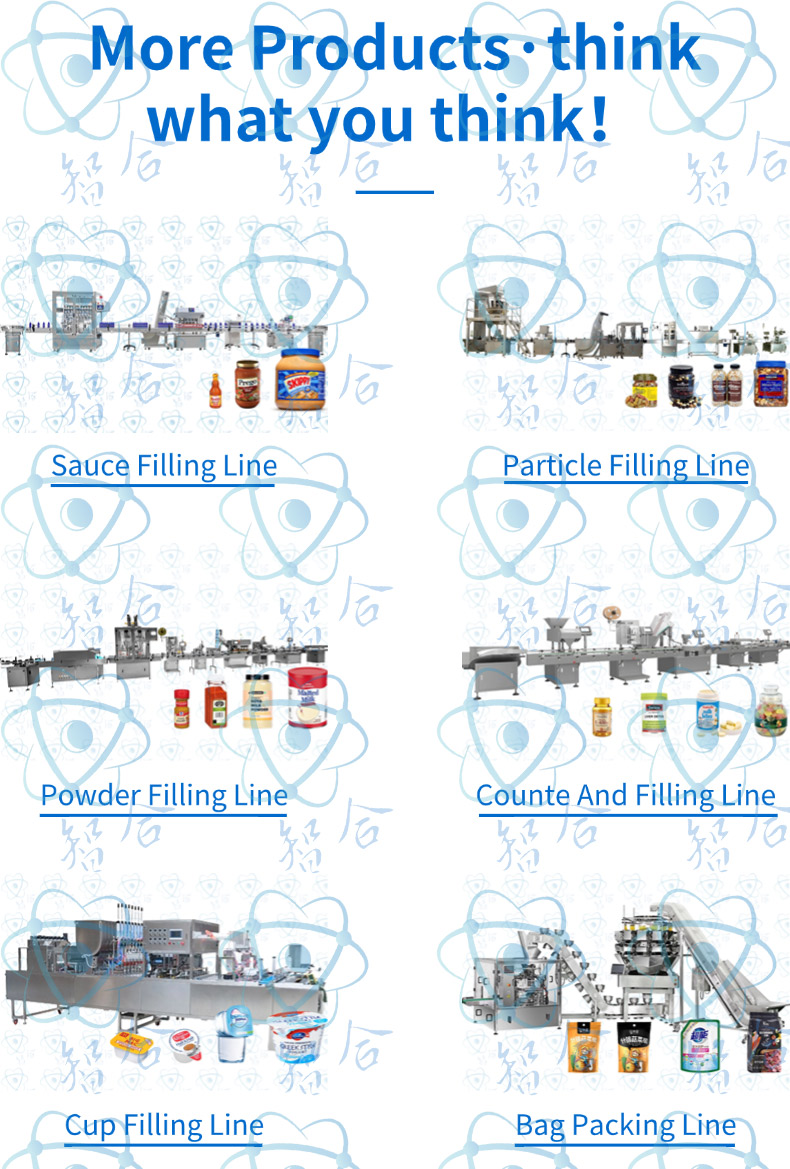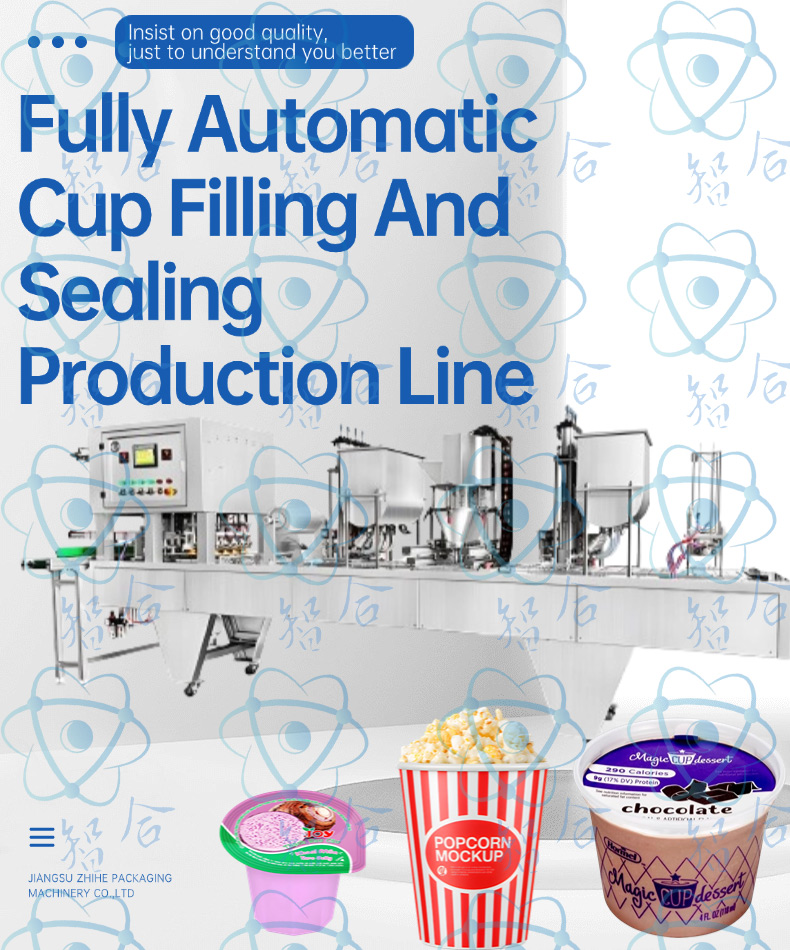
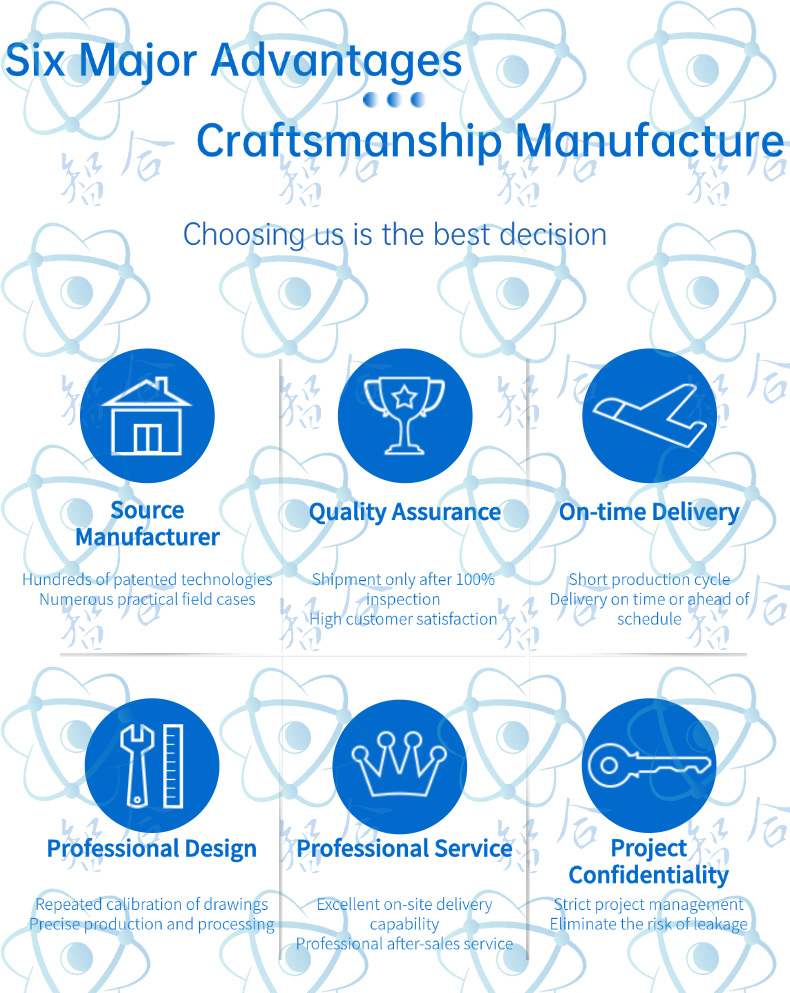
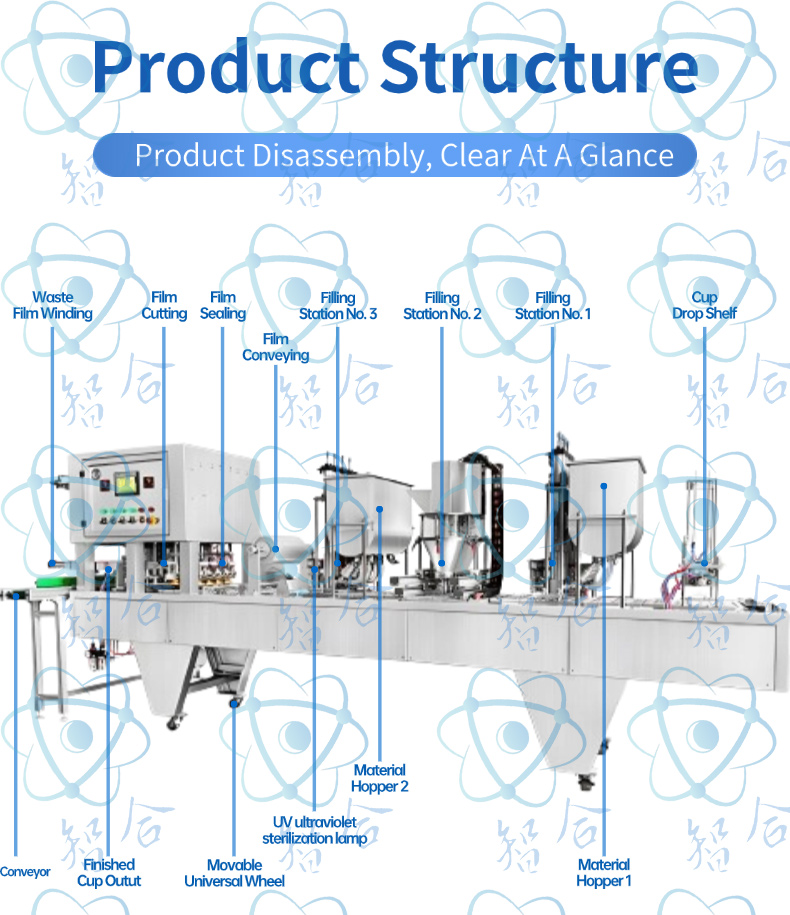
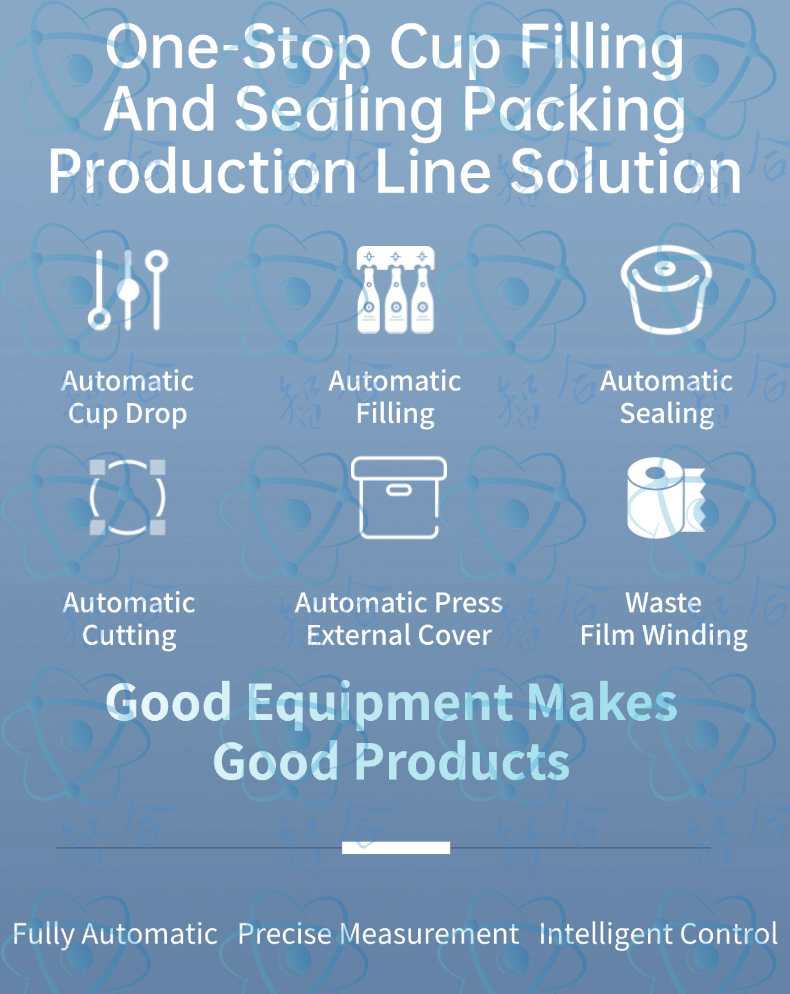
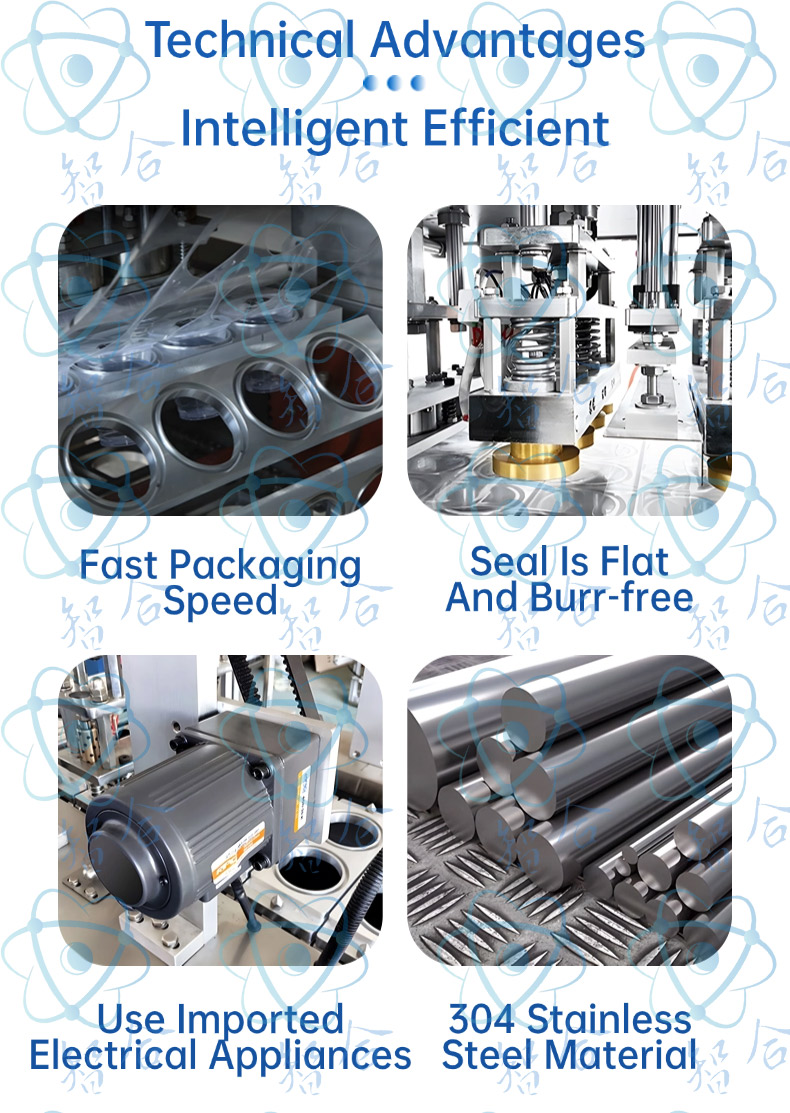
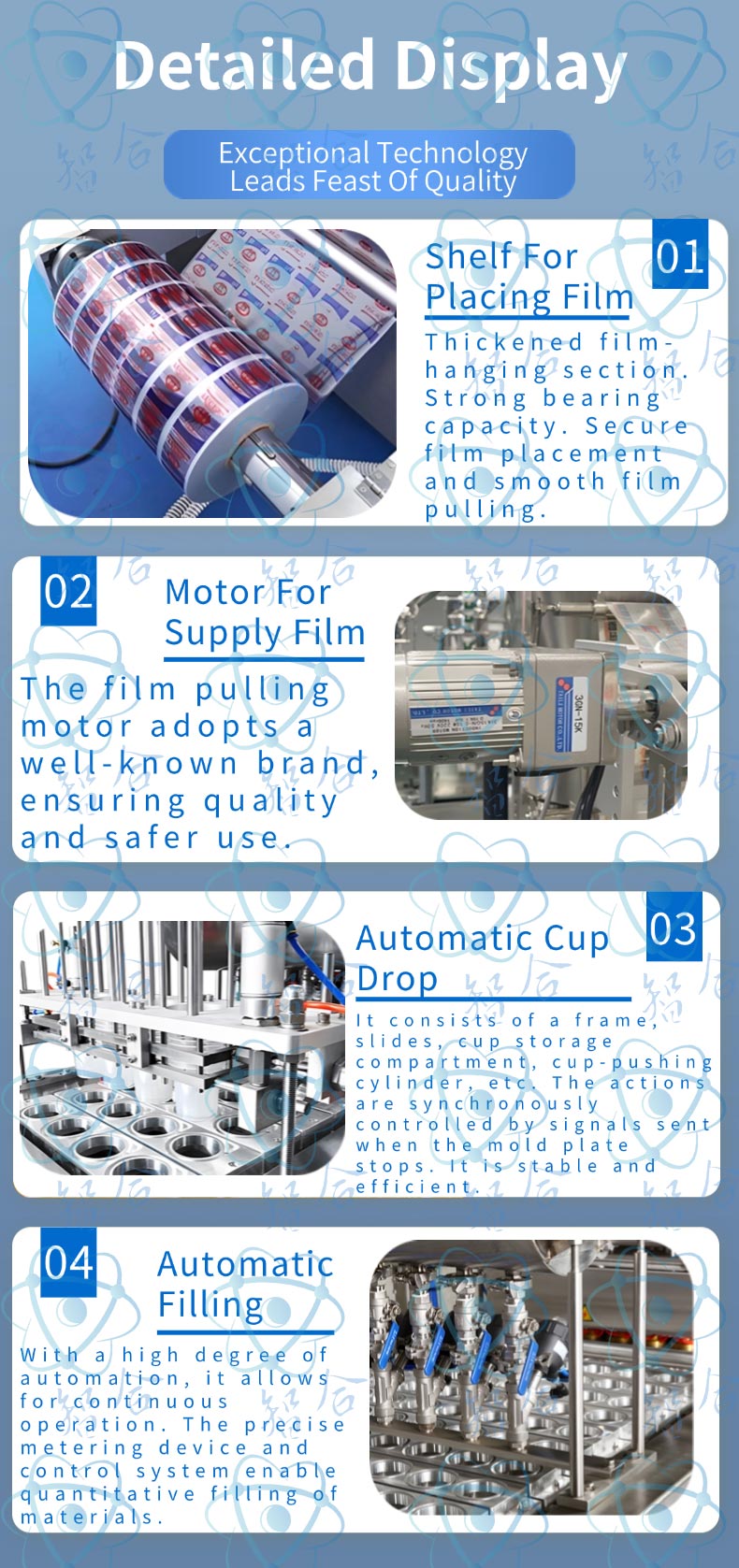
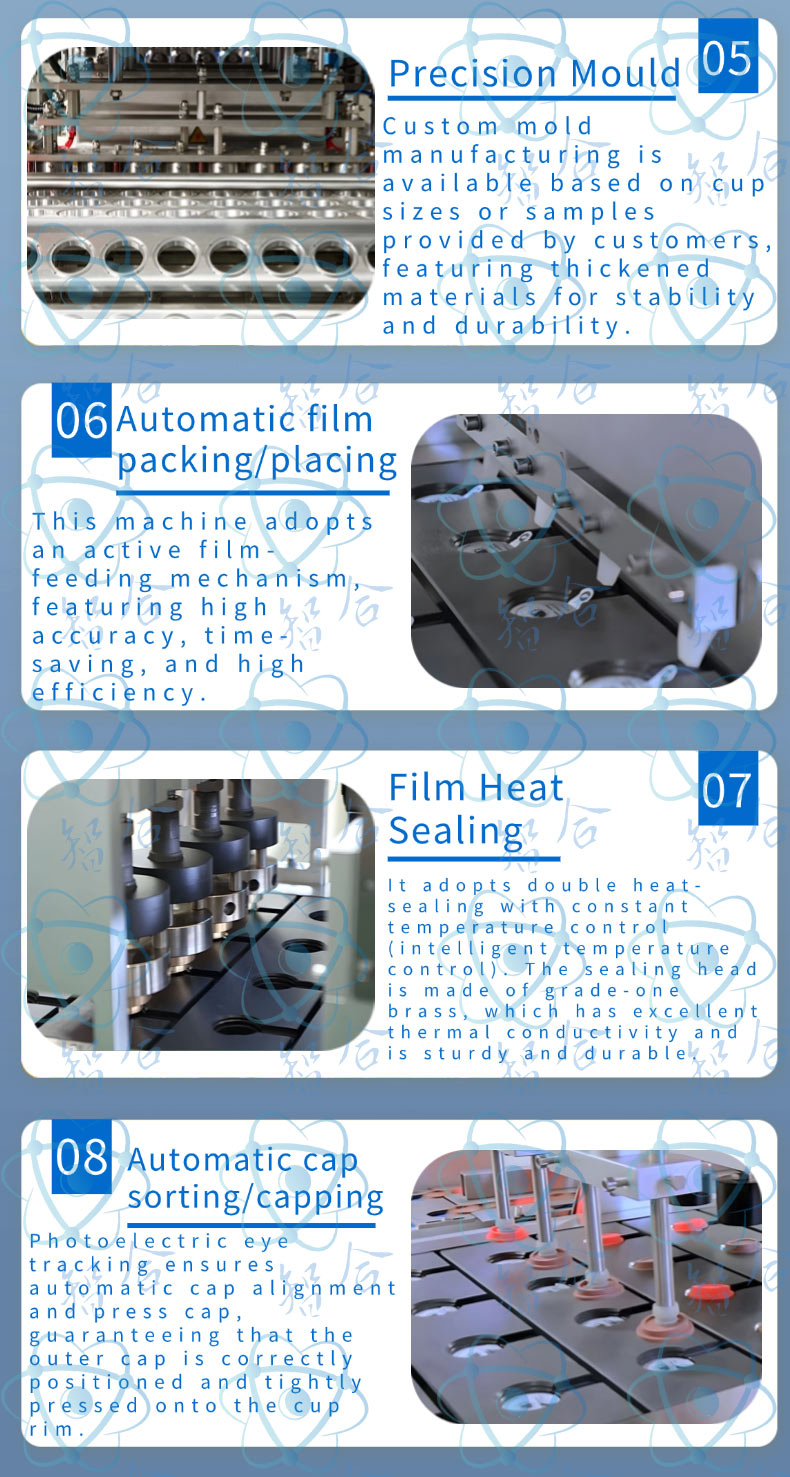
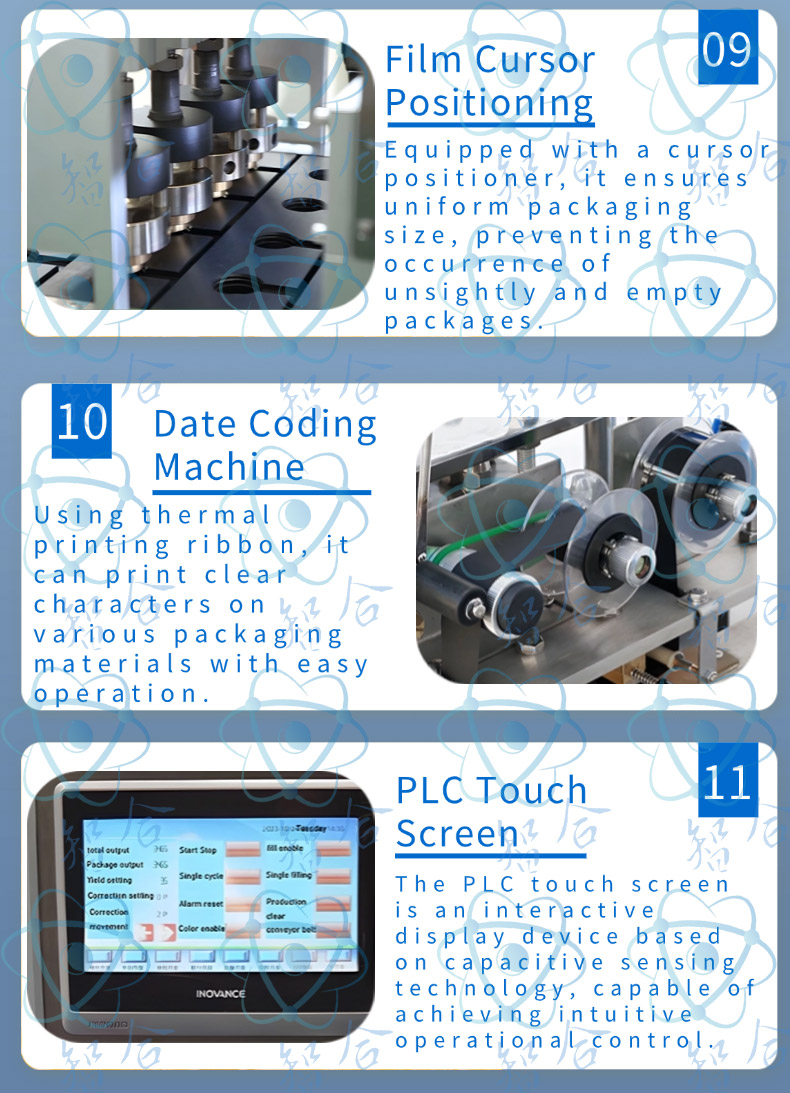
 The fully automatic intelligent high-speed filling and sealing machine, as one of the core equipment in the modern packaging industry, boasts a sophisticated design and powerful functionality. It can efficiently and accurately complete the entire process from product container conveyance, positioning, filling, sealing, to finished product output. It is widely used in multiple fields such as food, beverages, daily chemicals, medical, pharmaceutical, and pesticide industries. Below is a detailed description of the technical characteristics, working principles, and key aspects of this equipment:
The fully automatic intelligent high-speed filling and sealing machine, as one of the core equipment in the modern packaging industry, boasts a sophisticated design and powerful functionality. It can efficiently and accurately complete the entire process from product container conveyance, positioning, filling, sealing, to finished product output. It is widely used in multiple fields such as food, beverages, daily chemicals, medical, pharmaceutical, and pesticide industries. Below is a detailed description of the technical characteristics, working principles, and key aspects of this equipment:
Technical Characteristics
Excellent Materials: The entire machine is made of food-grade 304 stainless steel. For special materials or high-requirement environments, higher-standard 316 stainless steel can be selected to ensure the equipment is corrosion-resistant, easy to clean, meets hygiene standards, and guarantees product safety.
High Automation: It realizes a fully automated process from cup feeding, cup pressing, precise filling, efficient sealing, photoelectric correction (ensuring accurate positioning of patterns or labels), automatic cutting, waste film recycling, and cup ejection, reducing manual intervention and improving production efficiency.
Intelligent Control: Equipped with an advanced PLC control system and a touchscreen operation interface, users can easily set parameters, monitor production status, collect production data, and support remote fault diagnosis and maintenance, enhancing management efficiency.
Precise Quantification: Utilizing a high-precision metering system ensures that each filling volume is accurate, meeting the packaging needs of different products and reducing material waste.
Efficient and Stable: The optimized mechanical structure and drive system ensure the equipment operates stably for long periods, reducing failure rates, supporting 24/7 uninterrupted production, and enhancing capacity.
Flexible Configuration: Based on production requirements, auxiliary equipment such as the opening, filling, and sealing system, and palletizing robots can be flexibly configured to build an efficient and intelligent fully automated production line, achieving unmanned production.
Environmentally Friendly and Energy-Saving: The automatic waste film recycling system reduces waste generation, meeting environmental protection requirements. Additionally, the equipment focuses on energy efficiency optimization during design and manufacturing, lowering energy consumption.
Working Principles
Cup Feeding and Pressing: Empty cups are conveyed to the designated position through a vibrating disk or conveyor belt. A robotic arm or cylinder is used for precise cup pressing, ensuring the cup is stably positioned and ready for filling.
Precise Filling: Based on preset parameters, material is precisely injected into the cup through pumping, gravity, or pneumatic methods, reaching the set filling volume.
Efficient Sealing: Various sealing methods such as heat sealing, ultrasonic sealing, or screw capping are used. Based on product characteristics, the appropriate sealing technology is selected to ensure strong sealing and good airtightness.
Photoelectric Correction: Utilizing photoelectric sensors to monitor the position of patterns or labels on packaging materials in real-time, automatic adjustment mechanisms are used for precise correction, ensuring a visually appealing package appearance.
Cutting and Cup Ejection: After sealing, excess packaging material is automatically cut, and the finished product is ejected from the mold through a robotic arm or conveyor belt into the next process or collection area.
Waste Film Recycling: Waste film generated during production is collected through a dedicated recycling system, reducing environmental pollution and enabling resource recycling.
In summary, the fully automatic intelligent high-speed filling and sealing machine, with its strong technical characteristics, efficient and stable performance, and flexible configuration options, has become an indispensable piece of equipment in the modern packaging industry.